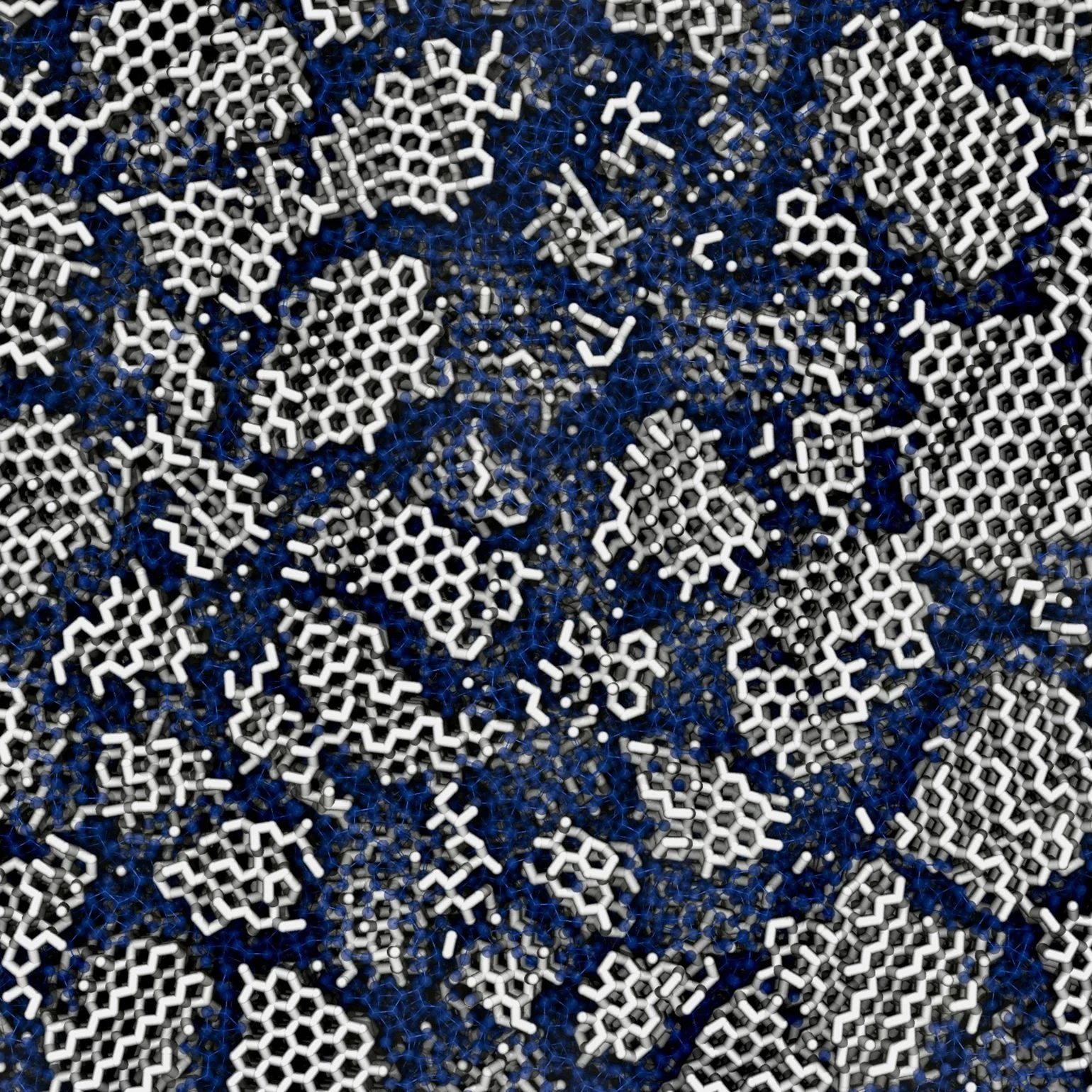Scientists have made a giant leap in the domain of 'artificial photosynthesis' by developing a method that is ten times more effective than current systems.
Can this breakthrough play a role in our shift from fossil fuels to renewable alternatives?
Without natural photosynthesis, we would not exist -v(Image Credit: K.Narloch-Liberra via Shutterstock / HDR tune by Universal-Sci)
Apart from all the adverse effects on the environment, fossil fuels are a finite resource. We need to turn things around; however, that is easier said than done.
Despite frantic efforts to do things differently, the world remains dependent on fossil fuels.
In an endeavor to develop usable renewable fuel, Webin Lin, professor of Chemistry at the University of Chicago, and his team looked at a process found in nature that converts sunlight into chemical energy; photosynthesis.
According to Lin, many people are unaware of the fact that even nature cannot provide a solution for the enormous amounts of energy humanity uses. "We will have to do better than nature, and that's scary."
Lin: "Without natural photosynthesis, we would not be here. It made the oxygen we breathe on Earth, and it makes the food we eat, but it will never be efficient enough to supply fuel for us to drive cars; so we will need something else."
What is artificial photosynthesis?
Artificial photosynthesis is a relatively new field of research; it involves replicating a plant's mechanism to produce the fuels we need. However, a single leaf's chemical makeup is exceedingly intricate and challenging to reproduce as it involves many enzymes that catalyze various reactions.
Natural occuring photosynthesis (Image credit: BlueRingMedia via Shutterstock)
With artificial photosynthesis, one can convert sunlight into energy cleaner and more efficiently than with traditional solar cells.
Lin and his research team have managed to develop a new innovative system for artificial photosynthesis that is ten times as effective as conventional systems.
Producing usable fuels using artificial photosynthesis
Unlike natural photosynthesis, where plants convert CO2 into glucose using sunlight, artificial photosynthesis can produce various fuels such as ethanol and methane.
While there is still a long way to go before we can fuel our cars with these types of fuels, the improved method is an important new direction of research and could be used in the short term to produce other valuable chemicals.
The challenge for producing usable fuels via photosynthesis is that the mechanism is not built to fuel cars, which require considerably more concentrated energy than the carbohydrates (sugar) it produces in nature. In other words, carbs are great to 'fuel' us humans, but not our vehicles.
Therefore, scientists are looking to produce more energy-dense fuels, such as ethanol or methane. In order to develop alternatives to fossil fuels, they must re-engineer the photosynthesis process.
Image Credit: Pavel Kubarkov via Shutterstock / HDR tune by Universal-Sci
Re-engineering photosynthesis
In nature, photosynthesis is accomplished by various extremely complicated assemblies of pigments and proteins.
To create carbohydrates, plants take in water and carbon dioxide, disassemble the molecules, and rearrange the atoms.
To produce methane instead of carbohydrates, researchers must rework these reactions using only hydrogen enveloping a carbon core, creating a different structured set of molecules. An extremely challenging feat, as scientists have been working on it for several decades.
The University of Chicago team tried to take a different route from what has already been done by including amino acids.
The researchers started with a so-called metal-organic framework, a group of parts made up of metal ions held together by organic link molecules (ligands).
They designed the metal-organic framework as a single layer to create the maximum possible surface area for chemical reactions and immersed it all in a solution that included a cobalt compound to transport electrons. Lastly, the team added amino acids to the MOFs and experimented with them to find out which worked best.
Both the procedure that splits the water into its component parts and the one that adds electrons and protons to carbon dioxide were enhanced thanks to the addition of amino acids.
Scaling up production
But even with this vastly improved method, artificial photosynthesis still has a long way to go before it can produce enough fuel for widespread use.
From the point where the team is now to where it has a noticeable impact on the fuel supply, production needs to grow by several orders of magnitude, according to Lin.
Fortunately, improved artificial photosynthesis has various other useful applications in its current state of development. Artificial photosynthesis can be used to produce smaller amounts of particular molecules utilized in nylons or pharmaceutical drugs, for example.
If you are interested in more details about the improved artificial photosynthesis system, be sure to check out the underlying paper published in the peer-reviewed science journal nature catalysis, listed below this article.
Sources and further reading:
If you enjoy our selection of content consider subscribing to our newsletter (Universal-Sci Weekly)
FEATURED ARTICLES:









